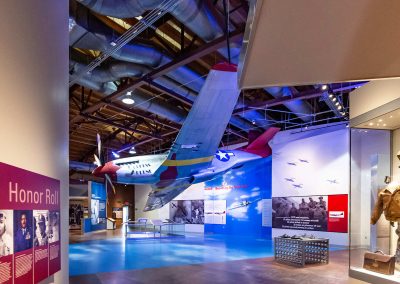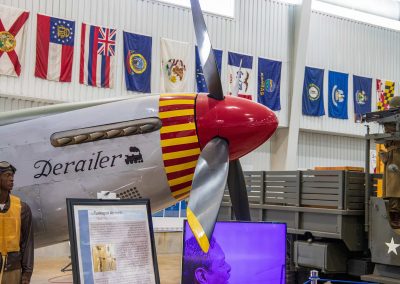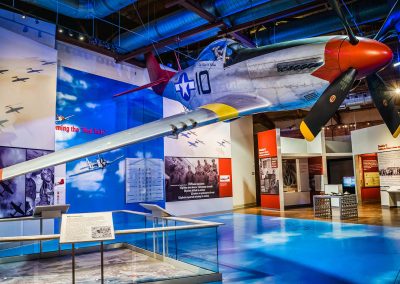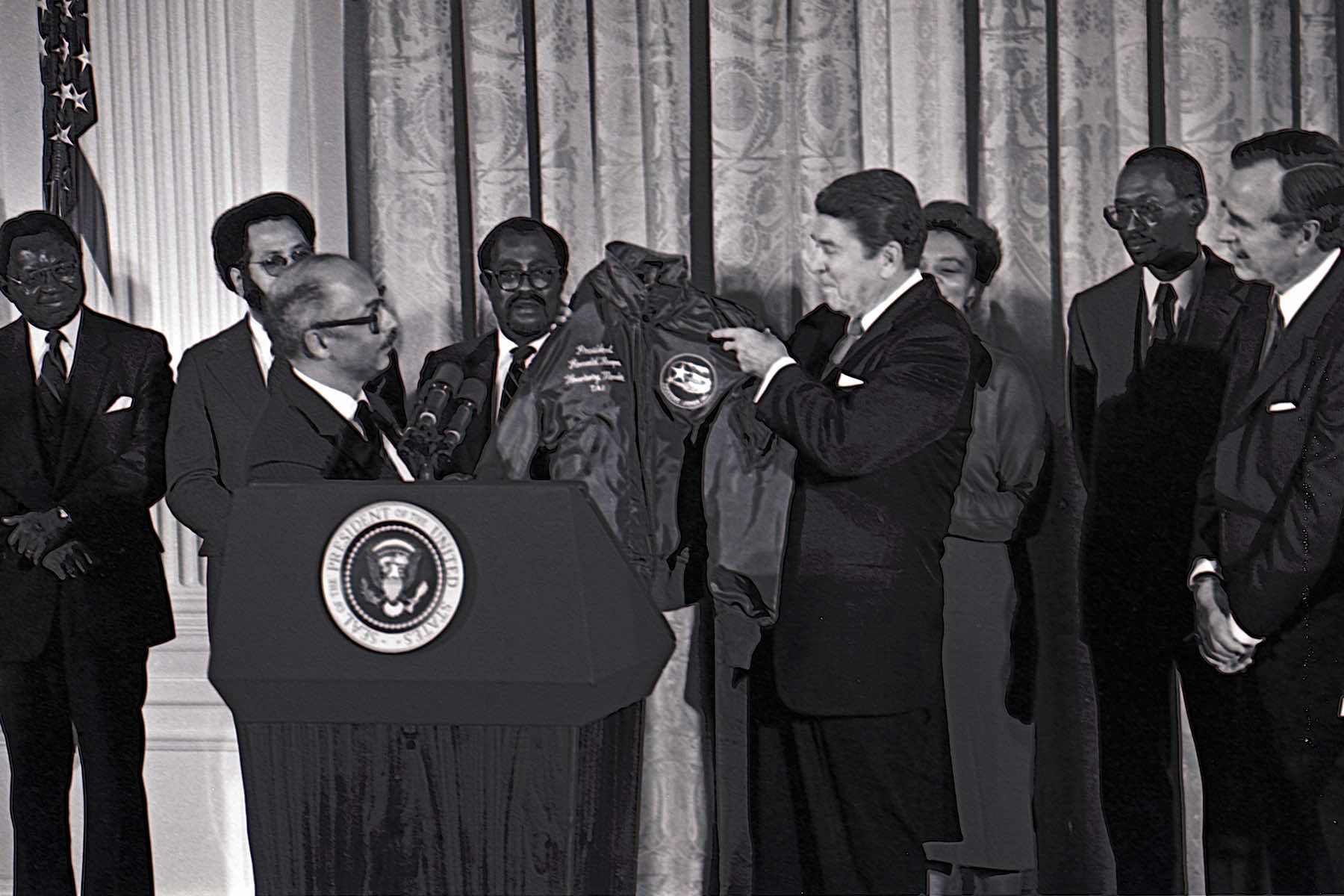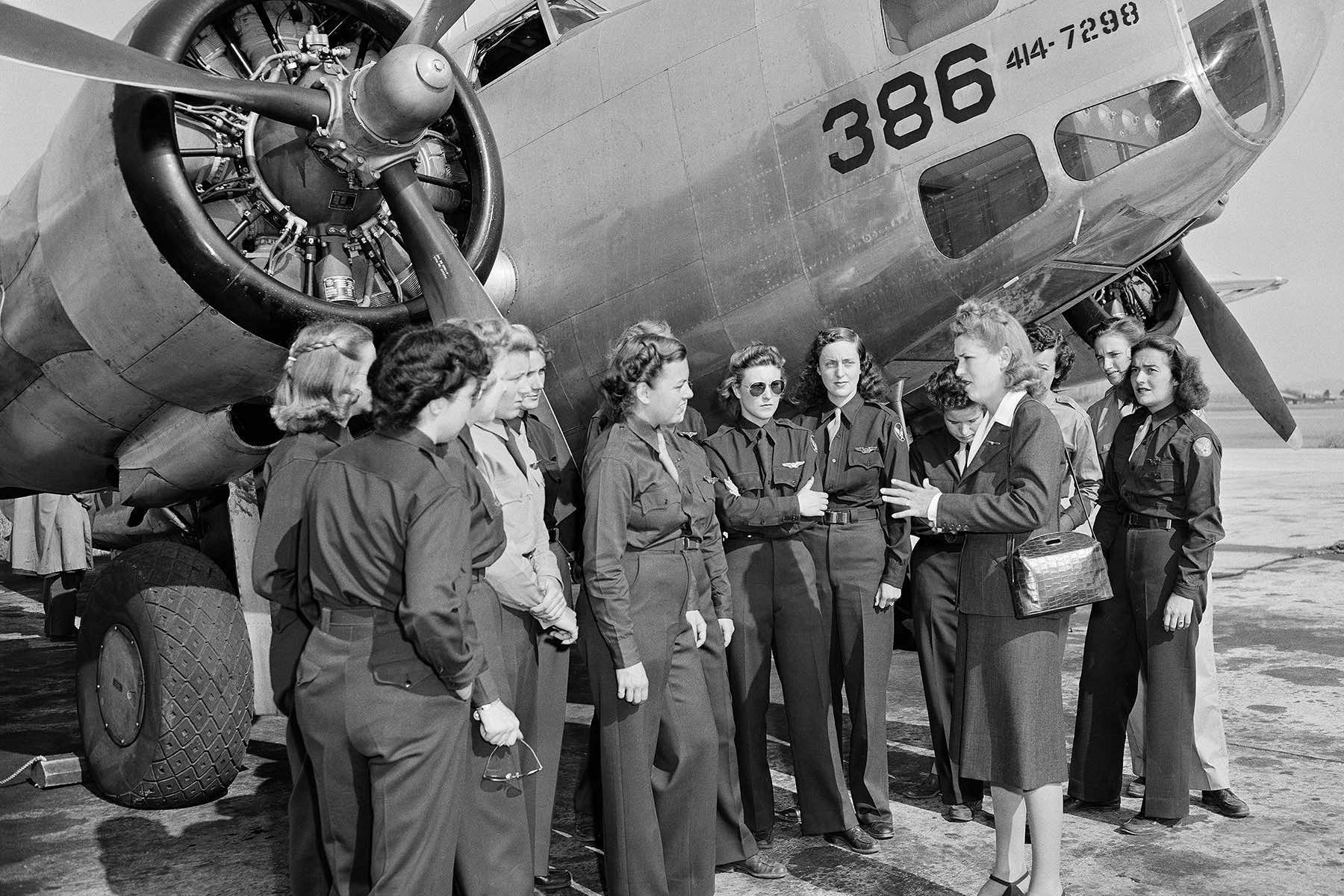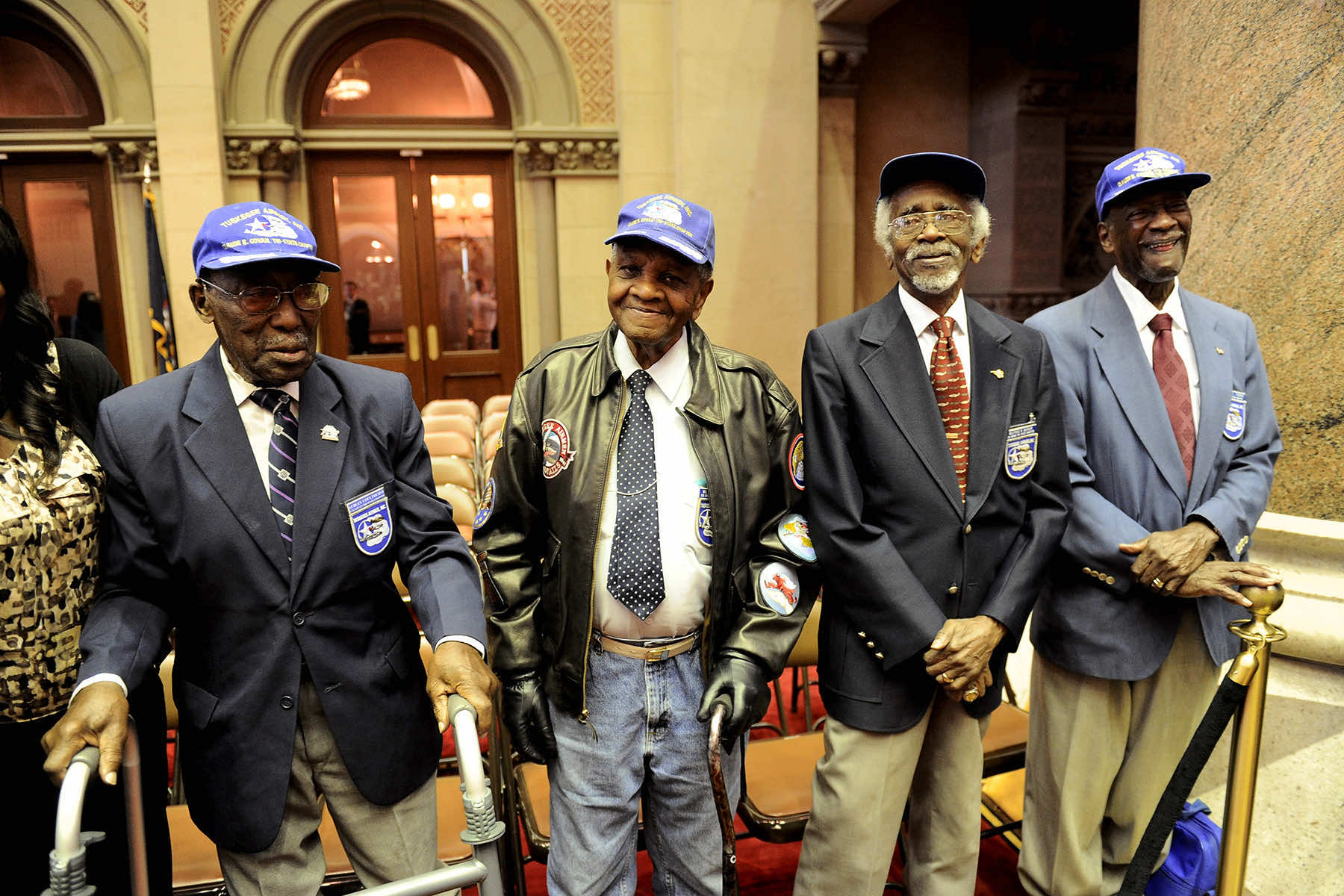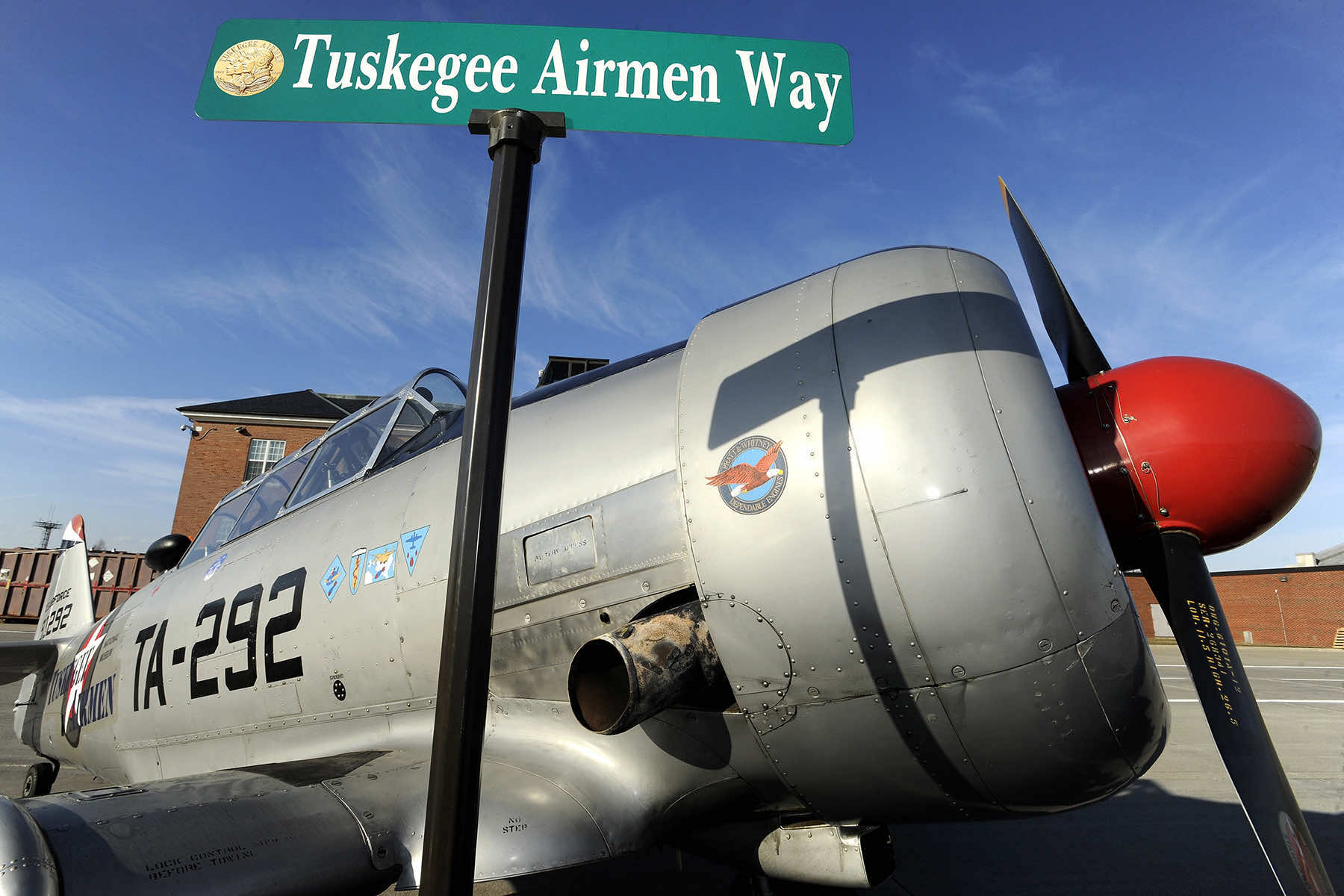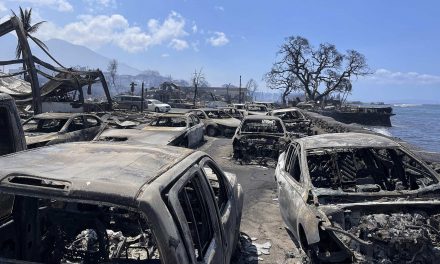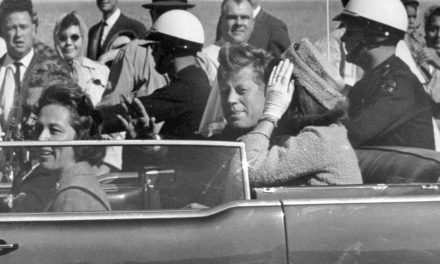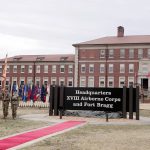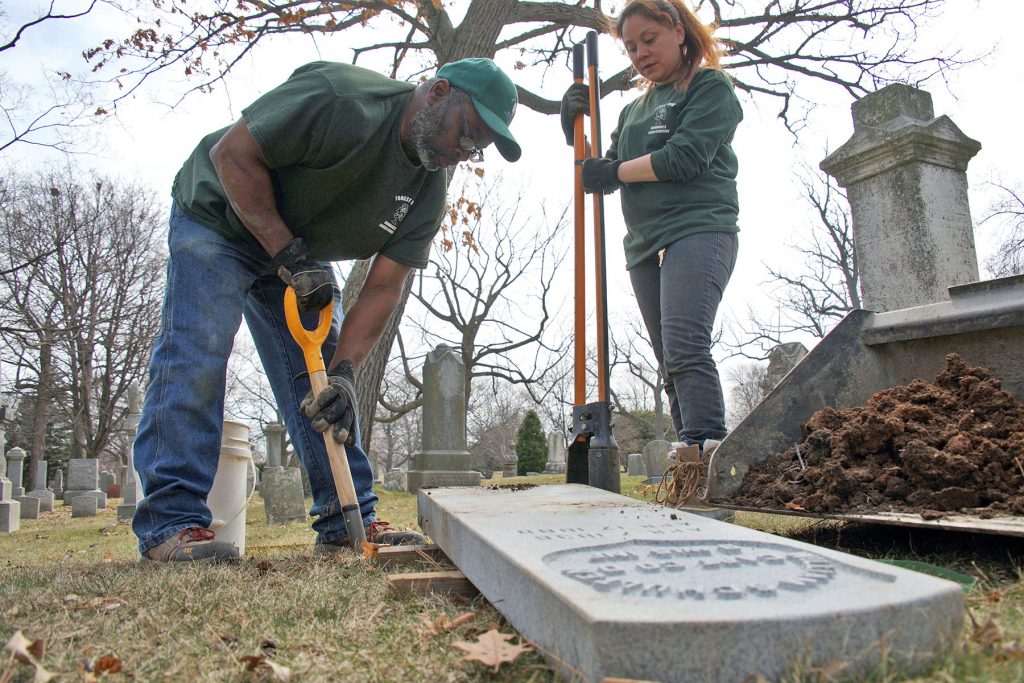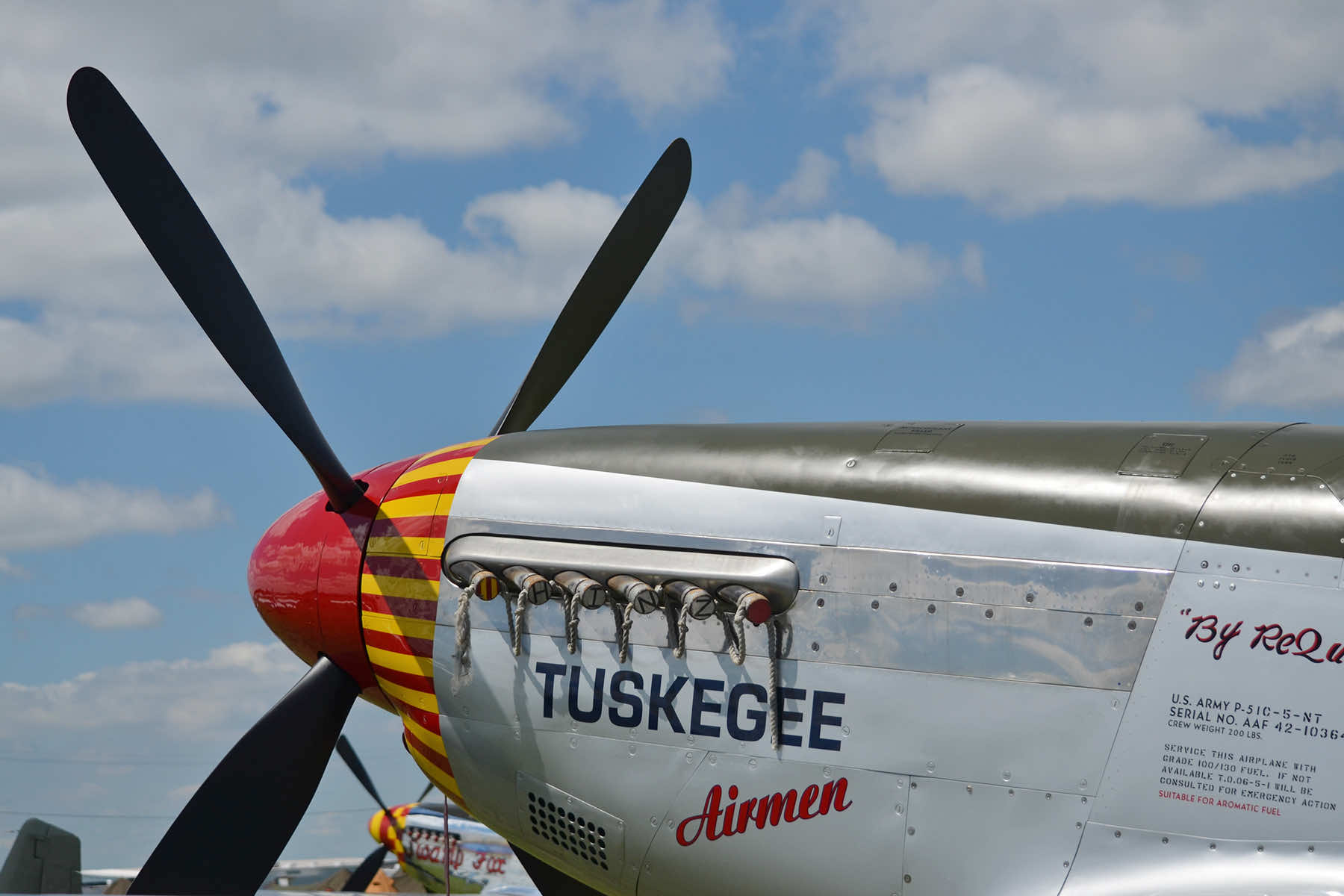
The Air Force restored training courses it had previously removed, reflecting the swirl of confusion and ongoing struggles as leaders across the Defense Department are trying to purge mentions of diversity from their websites and training in response to White House mandates.
The videos about the Tuskegee Airmen and the Women Airforce Service Pilots (WASPs) – the female World War II pilots who were vital in ferrying warplanes for the military, were shown to Air Force troops as part of DEI courses they took during basic military training.
In a statement, the Air Force confirmed the courses with those videos had been removed and said it “will fully execute and implement all directives outlined in the Executive Orders issued by the President, ensuring that they are carried out with utmost professionalism, efficiency and in alignment with national security objectives.”
That triggered criticism, including from the Tuskegee Airmen group. The Air Force later said that “no Airmen or Guardians will miss this block of instruction due to the revision, however, one group of trainees had the training delayed. That block of training was pulled in order to take out DEI material on January 23 and will continue again as of January 27.”
The group said it appreciated the Air Force leadership for responding quickly to its concerns.
The Tuskegee Airmen were the nation’s first Black military pilots, who served in a segregated WWII unit, and their all-Black 332nd Fighter Group had one of the lowest loss records of all the bomber escorts in the war.
The Air Force restored the use of training materials, after a temporary delay to edit its courses, resolving an issue roiling the Pentagon. The problem may not be with the historical videos themselves, but that they were used in Air Force basic military training DEI coursework.
However, the lack of clear guidance sent the Air Force and other agencies scrambling to take the broadest approach to what content was removed to make sure they were in compliance.
The Tuskegee Airmen, known as the “Red Tails” were the nation’s first Black military pilots who served in a segregated WWII unit and their all-Black 332nd Fighter Group had one of the lowest loss records of all the bomber escorts in the war.
They flew P-47 Thunderbolt, P-51 Mustang, and other fighter aircraft to escort American bombers on dangerous missions over Germany. Before the fighter escorts began accompanying the slow and heavy U.S. bombers, losses were catastrophic due to getting dive-bombed and strafed by German aircraft.
In a statement on January 25, Tuskegee Airmen Inc. the nonprofit foundation created to preserve the legacy of those pilots, said it was “strongly opposed” to the removal of the videos to comply with Trump’s order.
The stories of the Tuskegee Airmen and the WASPs “are an essential part of American history and carried significant weight in the World War II veteran community. We believe the content of these courses does not promote one category of service member or citizen over another. They are simply a part of American military history that all service members should be made aware of,” the group said.
On May 4, 1985, President Ronald Reagan honored the Tuskegee Airmen at a White House ceremony. The event recognized their groundbreaking service as African American pilots in World War II. During the ceremony, the Airmen presented Reagan with a commemorative flight jacket as a symbol of their appreciation.
President George W. Bush awarded the Tuskegee Airmen the Congressional Gold Medal in a ceremony at the Capitol Rotunda in 2007.
In 2020, in his State of the Union address, Trump announced he had promoted one of the last surviving Tuskegee Airmen, Charles McGee, to brigadier general. McGee died in 2022 at age 102.
The WASPs contributed to World War II by learning to fly and ferry new bombers off the assembly lines to airfields where they were needed to ship off to war — freeing up male pilots to focus on combat missions overseas. They earned the right to be buried in Arlington National Cemetery just in the last decade.
The Air Force, like other branches, has recently tried to broaden the number of people they reach to consider military careers like aviation that historically have had few minority service members in their ranks.

